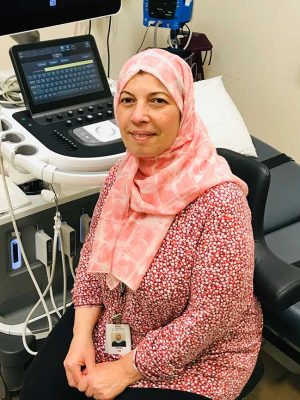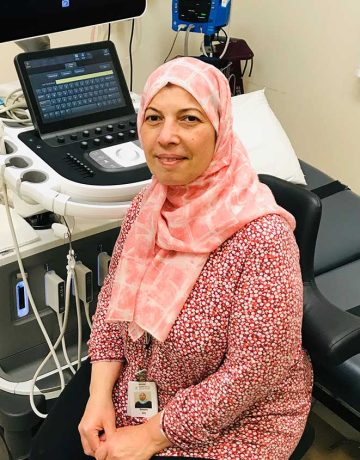Find a Clinic or Service
“Dr. Hosseini treated my adult son, Matthew, in the ER when he was brought in by ambulance. Matthew had experienced an episode involving a rapid, irregular heartbeat resulting in him losing consciousness at home. Dr. Hosseini treated him with the utmost care. She had a number of tests performed which left his diagnosis a little unclear but concerning to her. She consulted with the Heart Institute and he was sent there overnight. They did further tests including scheduling an angiogram. Before they could perform the angiogram, he had another episode. They quickly sent him for the angiogram and discovered a 95% blockage of his left ventricular main artery. They then inserted a stent. We feel that Dr. Hosseini saved Matthew’s life. If she had not followed her instincts that he should be at the Heart Institute that night he might not have survived. She is to be commended for her caring professionalism. We cannot thank her enough.”


